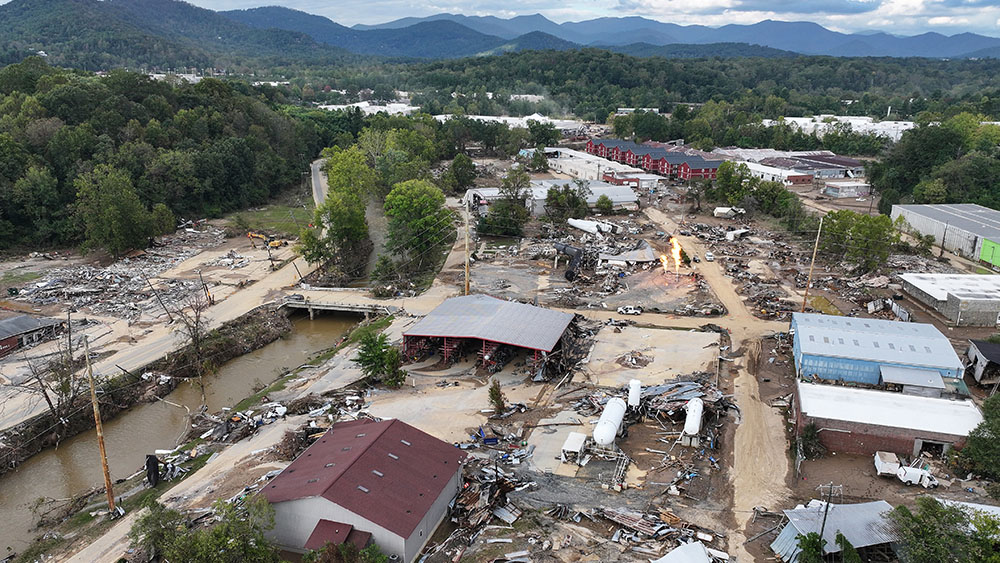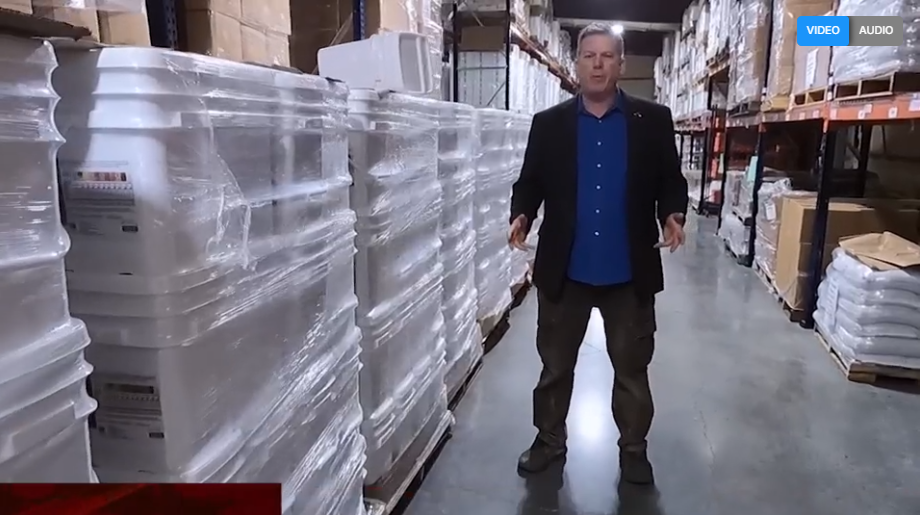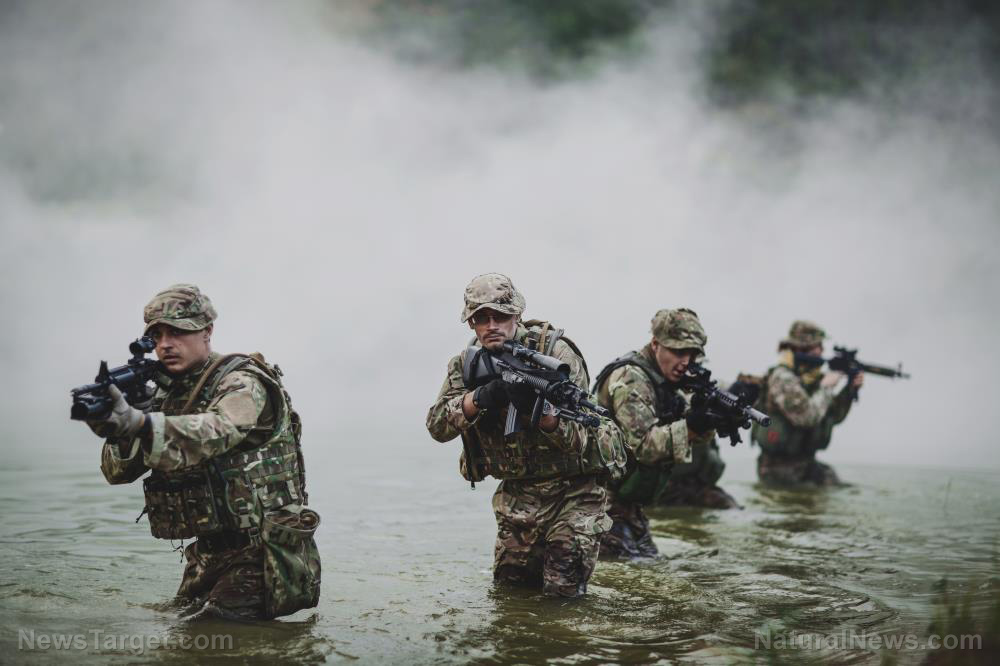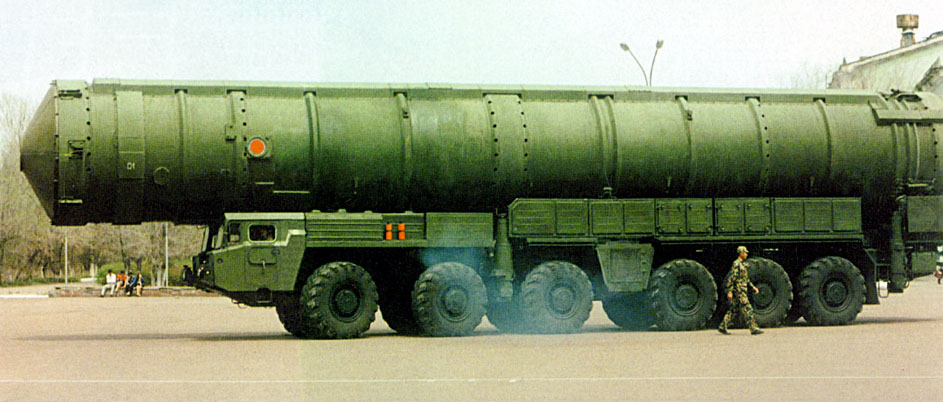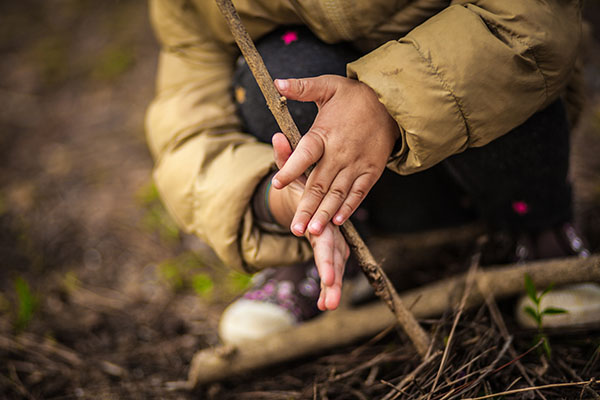
Basic first aid
When SHTF, especially in the wilderness, it can be difficult for emergency medical services to reach you if you are sick or gravely injured. Having basic first aid skills may save your life or someone else. In your free time, gather your family or friends and practice administering first aid for common threats in survival situations. Useful first aid skills include:- Controlling bleeding
- CPR (cardiopulmonary resuscitation)
- Finding soothing plants for insect stings and abrasions
- Stabilizing limbs
- Treating burns
Creating potable water
Finding clean drinking water is one of the most important survival skills because you need it to stay hydrated. However, natural water sources are usually unhygienic and can harbor bacteria, parasites, or viruses. Fortunately, you can create potable water in the wild using some simple techniques that you can practice at home. If you have a firestarting kit, you can boil water. Boiling is the easiest way to purify water, but you may be left with sediment or other particulate matter that can affect taste. Filter boiled water through a clean t-shirt before drinking.Building a shelter
Searching for shelter should be your priority if you get lost in the wilderness, but a shelter that can protect you from the elements can be hard to find. To prepare for an outdoor emergency that requires shelter, practice building a makeshift shelter in your backyard. Try useful shelters for different terrains, environments and seasons like a basic lean-to, tarp tent, or something more advanced, like a teepee. If you live somewhere with heavy winter snow, take advantage of the cold weather to practice digging a snow cave shelter.Foraging for food
There may be different edible wild plants in your homestead or around your neighborhood. When SHTF, plants can be an important source of nutrients, especially if you are running low on supplies. (Related: Dive into the world of berry foraging: Unravel the secrets to spotting and gathering Mother Nature’s sweet treasures.) Foraging is a skill that requires some research and a lot of practice because identifying edible plants can be tricky. Because there are many toxic species with similar characteristics to non-toxic ones, you should forage with someone who is experienced in identifying wild edibles. This is important because the misidentification of wild plants can cause severe illness or death if you ingest poisonous berries, plants, or fungi. Fortunately, there are some easily identifiable plants growing rampantly throughout the U.S. that are both nutrient-dense and delicious. These wild edible plants include dandelion, lamb’s quarters, miner’s lettuce and stinging nettle. Aside from consulting an experienced forager, you can also improve your identification techniques in your backyard by consulting a local botanical guidebook.Firestarting
When SHTF, a fire can keep you warm, protect you from predators and cook food or boil water. While starting a fire seems easy, you may find it difficult to start one if you are stuck outdoors while it's raining or you don't have your firestarting kit with you. Make sure you have a firestarting kit in your bug-out bag or survival kit and learn how to use all your tools, which can include a lighter, a ferro rod and matches. Try starting a fire in different kinds of weather and when you are used to doing so with your kit, level up your skills by trying to start a fire using materials you find in your garden, like quartz and make a flint that can generate a spark.Fishing and trapping
You need food to survive when SHTF. Learn how to set a snare for small game and survival fishing so you can find sources of protein with little energy expenditure. Because snares and fishing techniques vary depending on your prey, you should practice setting different snares and using a variety of fishing techniques to prepare for different scenarios. After practicing setting snares in your backyard, disassemble them to avoid injuring local wildlife or neighborhood pets.Knot tying
Knot tying may be last on your list of survival skills, but it can help improve your chances of survival since different knots can be used to build a shelter, set snares or even build tools. Learning how to tie secure knots takes time and practice, so get some rope and encourage the whole family to practice in your backyard.Making a weapon
When SHTF and you're lost in the wild without a weapon, you won't be able to protect yourself against predators or other humans who may wish to harm you. If you don't have any tools, you can make simple weapons like a slingshot. Practice making one using a forked stick, rubber tubing and leather or canvas for the pad. When you're done building the slingshot, set up some targets around your backyard and practice aiming and shooting. Wear eye protection and ensure that no one enters your line of sight as you practice to avoid accidents.Where to buy lab-verified supplies for your prepping needs
The Health Ranger Store is committed to helping you start your stockpile before disaster strikes. That's why we're proud to introduce a variety of useful survival products like the AquaPail Water Filter, the Royal Berkey Water Filtration System with 2 Black Berkey Filters and Ranger Gear UHMWPE Braided Survival Cord 1.5mm. AquaPail Water Filter is a necessary addition to your emergency disaster supplies. It is the world's only Gravity-Fed Emergency Water Filter with "End of Life" testing. This means that the DuraFlo™ Water Filter used in the AquaPail has been tested and certified by top U.S. independent laboratories to establish the water filter’s "End of Life," or its actual usage capacity. Aquapails are available in 3 sizes:- Small (1,100 Gallons) = Equivalent of 1 person's total water needs for 1 year
- Medium (3,300 Gallons) = Equivalent to 3 people's total water needs for 1 year
- Large (5,500 Gallons) = Equivalent to 5 people's total water needs for 1 year
More related stories:
Prepping 101: 4 Essential tips for new preppers. Essential skills for urban prepping: How to prepare for emergencies in a city environment. Backyard prepping: Surprising ways to supercharge your garden using household items. 7 Herbs for wound care every prepper should know about. Sources include: MossyOak.com Healthline.com HealthRangerStore.com 1 HealthRangerStore.com 2 HealthRangerStore.com 3 HealthRangerStore.com 4 Brighteon.comThe regime wants Appalachia to suffer
By News Editors // Share
Massachusetts Gov. Healey invokes “emergency” powers to confiscate guns
By Ethan Huff // Share
Emergency food storage: Preparing for calorie shortages
By HRS Editors // Share
An invisible assault: How everyday heavy metals sabotage brain health
By willowt // Share
Pentagon warns of China's rapidly expanding nuclear arsenal
By kevinhughes // Share
FCC grounds new Chinese drones in sweeping security move
By avagrace // Share
The methylation switch: Scientists identify diet that can turn back the cellular clock
By jacobthomas // Share
Renaissance or Ruin: A wake-up call for cultural revival and self-sufficiency
By kevinhughes // Share
Weight loss in midlife may trigger brain inflammation, study finds
By avagrace // Share
